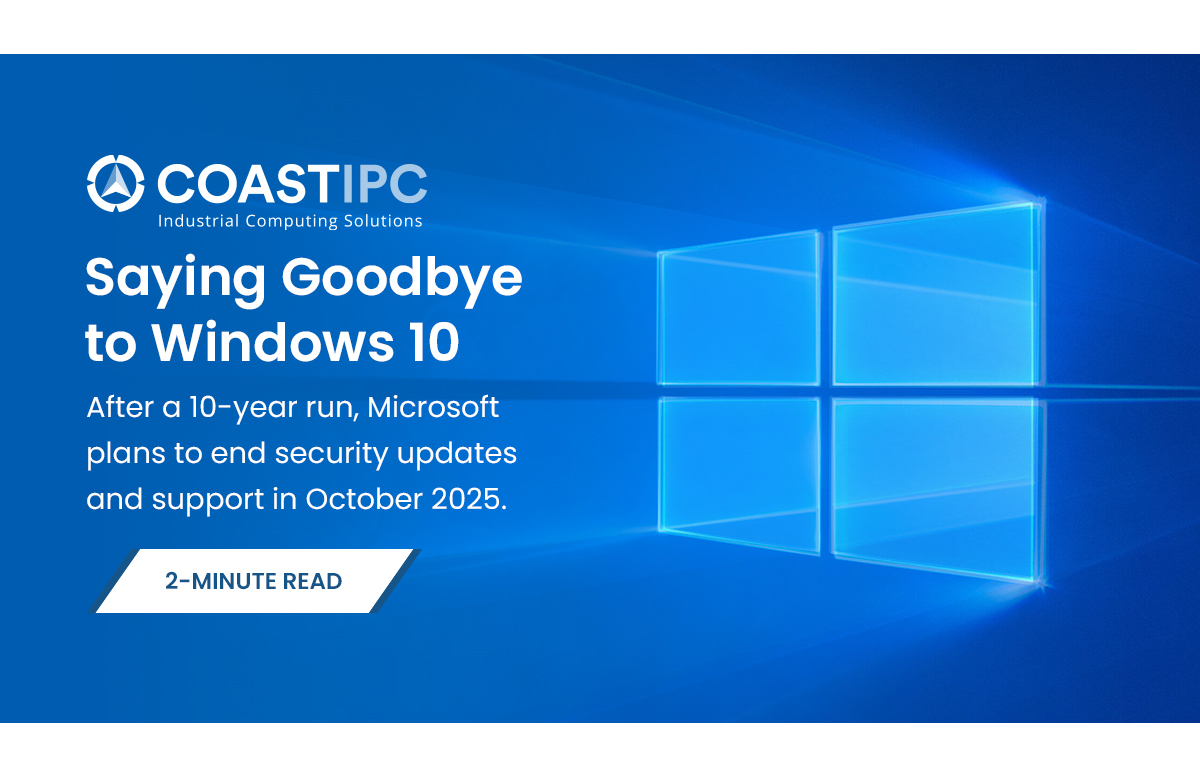
Windows 10 has had a fantastic run, but as with all good things, it’s coming to an end. In 2025, it will officially retire after 10 years of being a top choice for users worldwide. While you don’t need to rush to upgrade immediately, it’s definitely something you should plan for. After support ends, Windows 10 will be a prime target for hackers, making it crucial to transition to a more secure system.
Let’s dive into the key details and what you should do to stay protected.
When is Windows 10 Support Ending?
Mark your calendars for October 14, 2025! That’s the date when Windows 10 will stop receiving support. No more feature updates, bug fixes, technical support, or security patches. Essentially, it means that any vulnerabilities will remain unpatched, leaving systems wide open to cyber threats.
This deadline applies to all versions of Windows 10, including Home and Pro. Specifically, the support cutoff is for the latest 22H2 version. If you’re using an older version, it’s already unsupported, and upgrading to Windows 11 should be your next move to ensure security.
Staying Safe After Support Ends
The best way to protect yourself after October 2025 is to upgrade to Windows 11. It’s designed to be more secure and will continue receiving updates.
If upgrading isn’t an option for you right now, Microsoft offers a one-year Extended Security Updates (ESU) program. This paid service will provide some security updates to help keep your system protected. While the pricing details aren’t out yet, this program is likely to involve an annual fee. This can be a lifeline for those using software that isn’t compatible with Windows 11.
Additionally, you can consider services like 0Patch, which offers micropatches to extend security support, though this is also a paid option.
For those sticking with Windows 10 post-2025, make sure you have up-to-date antivirus software and consider limiting online activities to minimize risks.
How to Upgrade to Windows 11
Upgrading to Windows 11 is a breeze! Just run Windows Update on your PC. If your system is compatible, it will handle the upgrade process smoothly with minimal effort on your part. Plus, if you have a valid Windows 10 key, you can upgrade for free.
By taking these steps, you’ll ensure your system remains secure and up-to-date as Windows 10 reaches the end of its lifecycle. Embrace the change and enjoy the new features and enhanced security of Windows 11!
